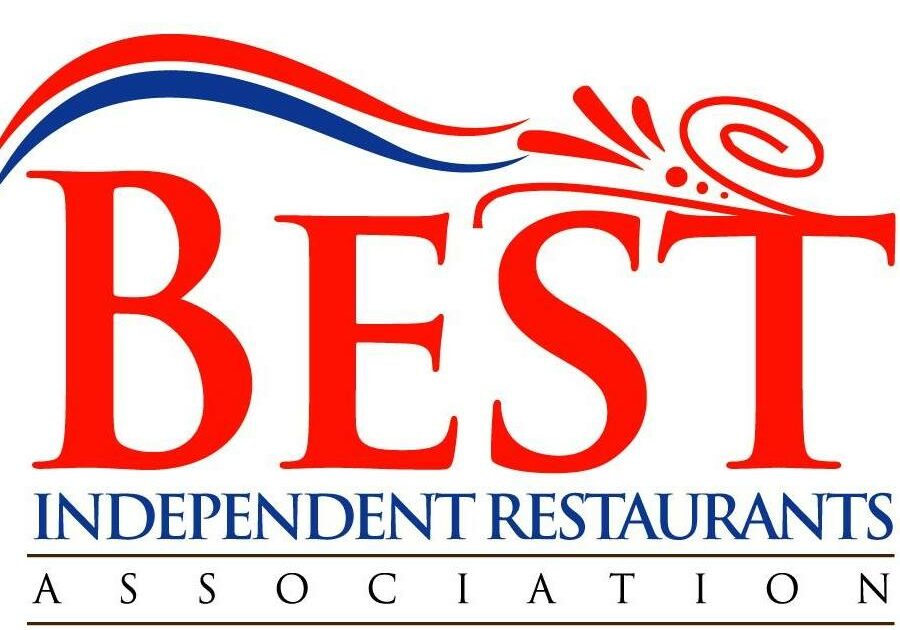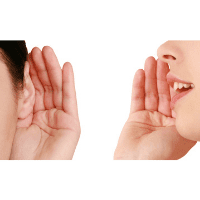
Do I Need A Loyalty And Marketing Program?
To compete in today’s marketing, where customers want to feel connected to the businesses they deal with, here’s why having a loyalty program is key to retaining customers.
Do you need a loyalty program?
The simple answer is Yes.
Your competitors are getting them, the large chains have them, and customers want them.
“More than 90% of companies have some sort of loyalty program.” (Accenture)
To compete in today’s marketing, where customers want to feel connected to the businesses they deal with, having a loyalty program is key to retaining customers.
“71% of customers say a Loyalty Program is a meaningful part of their business relationships.” (Hubspot)
However, they aren’t all created equal, and you can’t rely on just points and rewards to keep your customers loyal to you. A loyalty program is only a lure, to “trade” your customers contact information for earning points on spending.
Once they have provided that information, your task it to build a relationship or a connection.
When you’re building relationships with customers, they are more likely to choose you over all the other options available to them. Most customers come once then get on with their busy lives and don’t return. Not because of anything you did, but what you didn’t do. Stats says that you lose 68% of your customers because they feel that you are indifferent to them.
“Customers who have an emotional relationship with a brand have a 306% higher customer lifetime value than those who don’t.” – Hubspot
You need a loyalty program PLUS. A program with all the tools to ensure you can communicate with your customers multiple ways – so no matter what method they typically respond to, you are able to connect with them.
Here’s a checklist of some of the things want on your program:
- Makes you money with ROI that can be measured to the penny – everything needs to be measurable and reported on so that you can know what marketing works, and what needs improving.
- Gives you complete control and gets customers to come back when YOU want them to. If you are seasonal, or have slow periods you want to fill, your marketing needs to be able to target those times when you need to drive more business.
- Lost customers are a huge frustration – someone comes once or twice and then forgets about you – you want to be able to reactivate those people and target just them to get them to visit you again.
- Increases spending of less frequent customers – if a customer comes once a month (or year depending on your business type), what will happen if they come twice a month (or year)? Your sales would double. Your program needs to influence repeat visits.
- “Loyal consumers spend 67% more on average than new ones.” (Forbes) A good program motivates customers to come more often and spend more, because they trust you, see value in what you offer and feel connected to your business.
- Does not create MORE work for you or your staff. It should work seamlessly with your current systems, and ideally be managed by your customer through an App on their phone. With it, they can sign up, check their rewards balance, see redeemable offers, and provide a way to give positive online reviews.
- Easily trainable to staff so that it doesn’t slow them down. Staff needs to see the benefits and promote it for you.
- Customization to your business – your colors, logo and program name. You want your program to reflect your business.
Conversely, here’s some of the things you DO NOT want from your program:
- A discount program for people already at your business – there is no point in giving an offer to someone already at your business. You want to give offers to people who might come to your business again – those are customers who have left happy and need to be influenced to return again (or more frequently).
- Confusing to customers or staff (complex or has too many restrictions) – if rewards expire too quickly, or customers don’t understand the program, they won’t use it. And if it confuses your staff, it will slow them down, they won’t promote it or ensure visits get captured.
- A punch card: it’s easy to cheat or counterfeit, you don’t collect customer data, and it’s impossible to measure. Simplicity comes with a price.
- An add-on afterthought from your POS company. Point of Sale solutions, shop management software, do best at what they were designed to do – capture sales, take payments and track sales data. Many providers have added on a loyalty component that only offer adding points and awards – when you really need a multi-media communication platform that tracks and reports on your marketing. An external more comprehensive loyalty program can easily integrate into many providers solutions with better results.
- A program that gets ignored or overlooked. If you rely on email only, know that 1-18% of emails get opened, which means 82% of your email communication never even gets read. And we all communicate so frequently by text now, it’s easy for a text message to disappear down the list of recent messages. Some people open email, some people respond to texts, some people live by their smartphone notifications, and everyone looks at their postal mail. If you aren’t marketing by all the methods possible you are missing a portion of you customers.



 There is only one way to counter this skepticism that exists with today’s consumers.
There is only one way to counter this skepticism that exists with today’s consumers.
 It’s a leaky bucket. You keep putting new customers in the top and they keep disappearing out the holes in the bottom. Some die, some move away, some are lured by competitors, some are recommended elsewhere by friends and some just simply forget about you.
It’s a leaky bucket. You keep putting new customers in the top and they keep disappearing out the holes in the bottom. Some die, some move away, some are lured by competitors, some are recommended elsewhere by friends and some just simply forget about you.

